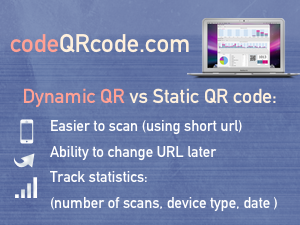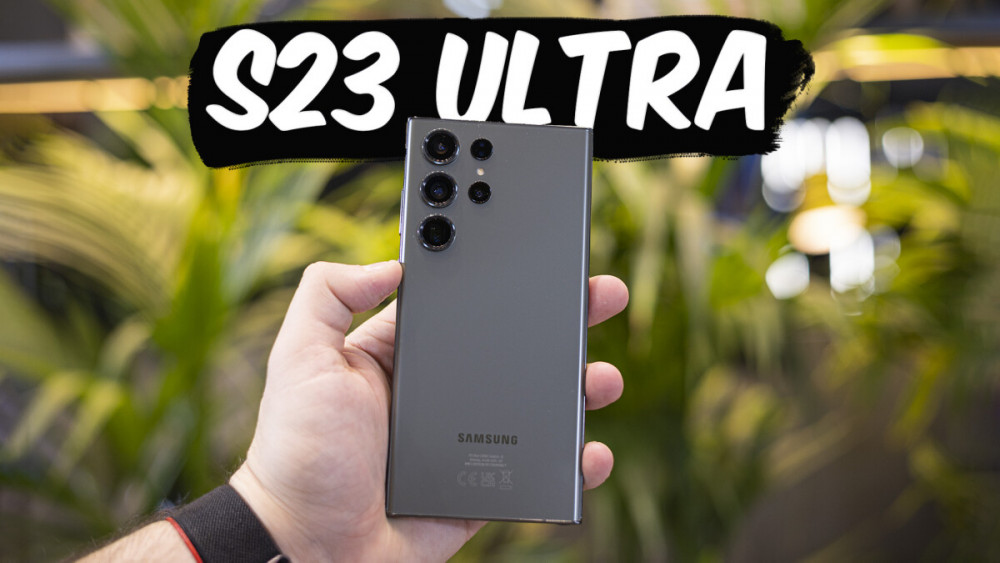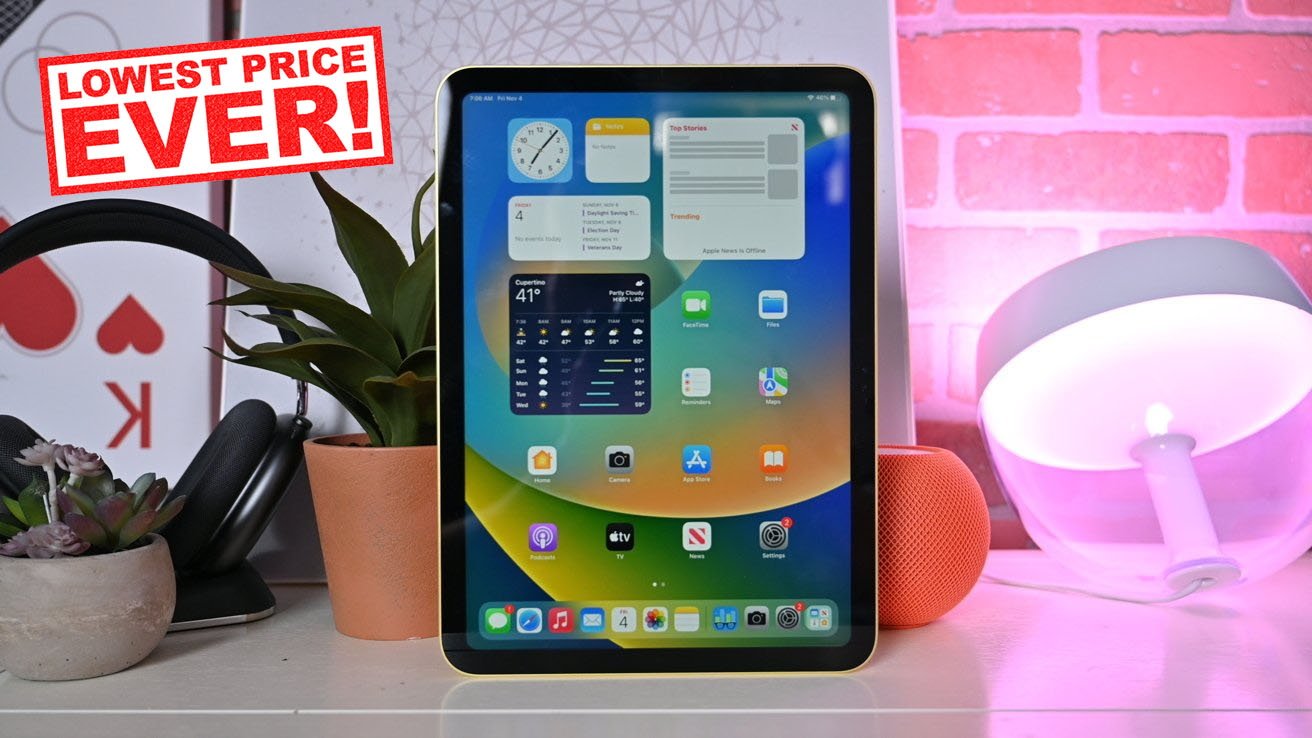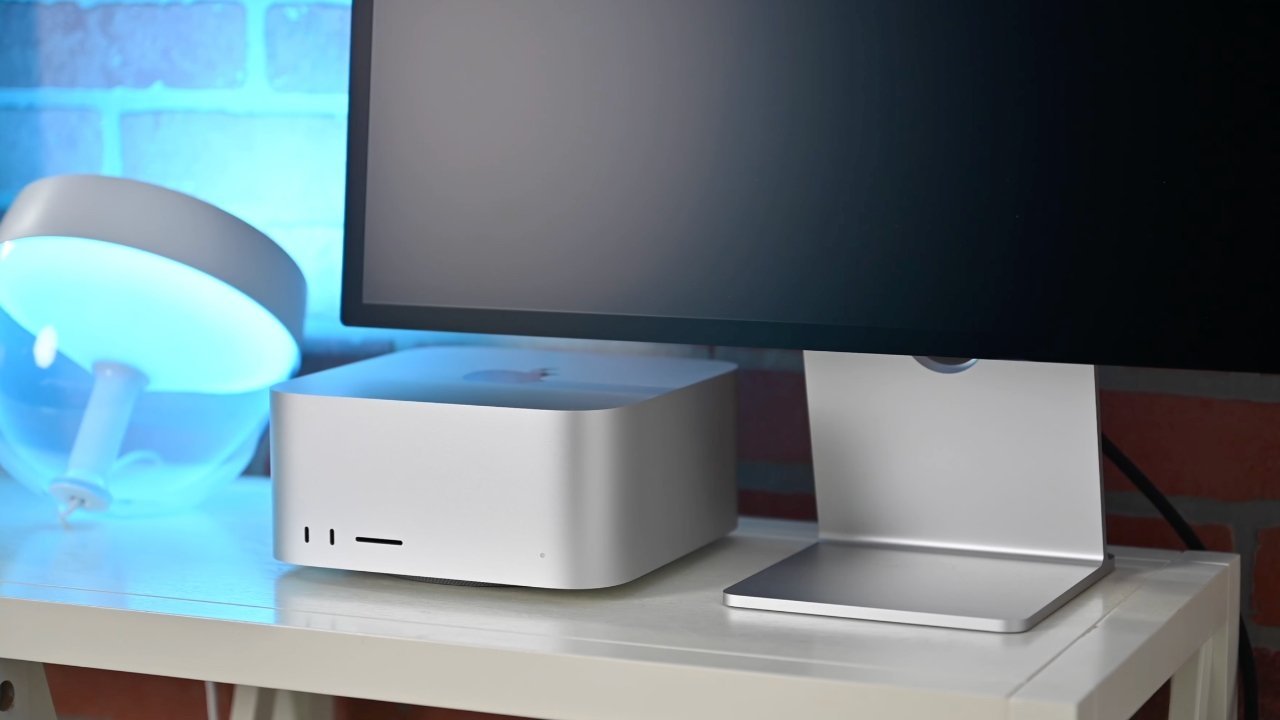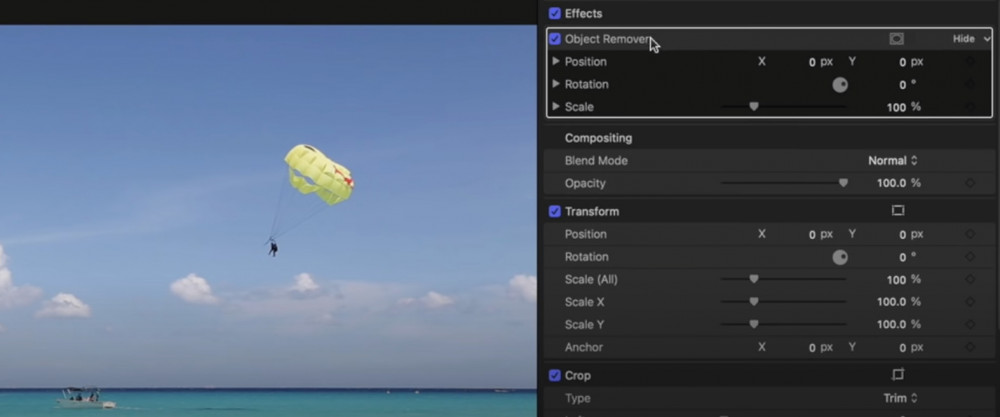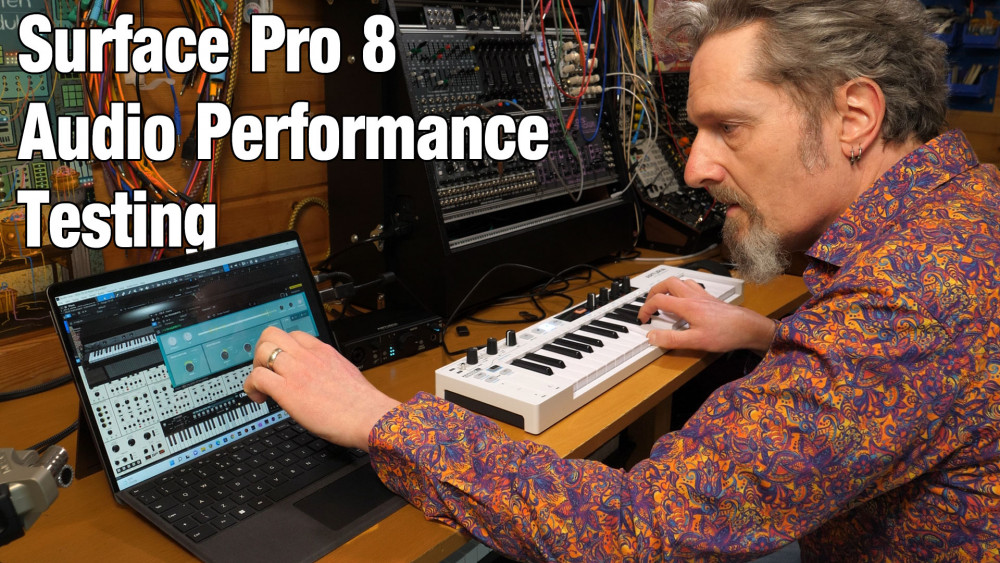HTC demonstrates multi-room VR with Vive Pro and SteamVR 2.0
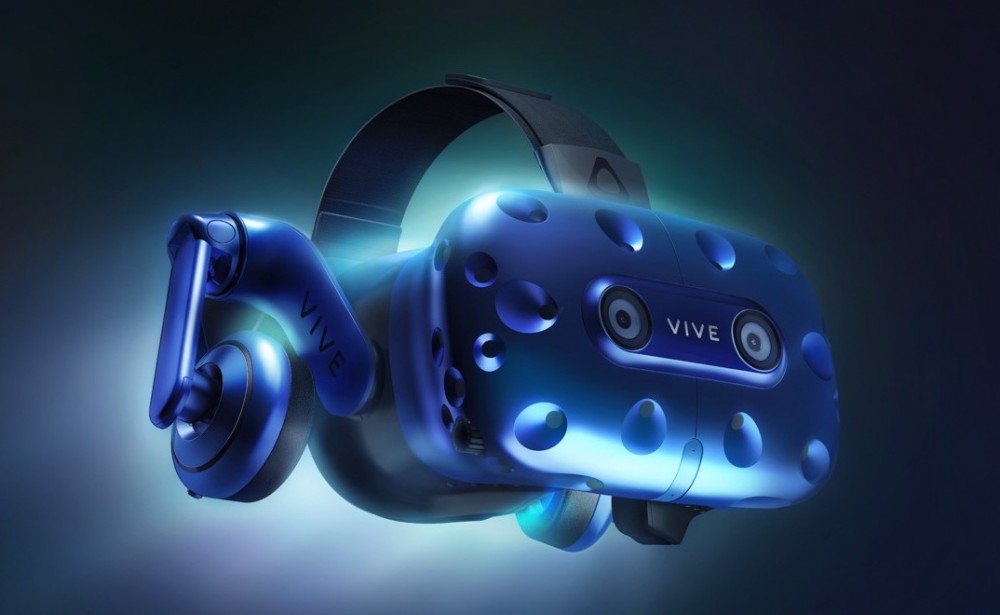
The next dream for the future, however, is to be multi-room experiences, where users can wander between rooms or other connected spaces without issue.
This is still couple of years away, and HTC has shown off small example of how it could work, with demonstration featuring Vive Pro, multiple base stations, and beta of SteamVR 2.0..
The footage was shared on Twitter by Vive China President Alvin Wang Graylin, ing sixteen 2.0 base stations linked together via SteamVR and covering multiple rooms.
He then followed-up with video showing tester wearing Vive Pro headset and moving between three rooms, each with two 2.0 base stations.
The user moves around VR, locating tracked objects placed in the rooms..
Three separate tracked spaces, with two 2.0 BS each, all in shared space Trackers placed within the shared space to show common coordinate system between spaces pic twitter com efqJKajky6 — Alvin Wang Graylin July 11, 2018...
For starters, SteamVR is still limited to tracking from four base stations at time, out by Valve's Alan Yates.
Vive Pro bundle is the only way to get two of Valve's 2.0 base stations, and there's no word on if Valve or HTC plan to sell them individually..
Yates adds that SteamVR beta is about support for the radio-based channel configuration tools, so this is not really Valve is aiming for right now.
Still, it's fun example of what might be in the future, especially when thinking about games that make use of multi-room setup..
Read more
This is still couple of years away, and HTC has shown off small example of how it could work, with demonstration featuring Vive Pro, multiple base stations, and beta of SteamVR 2.0..
The footage was shared on Twitter by Vive China President Alvin Wang Graylin, ing sixteen 2.0 base stations linked together via SteamVR and covering multiple rooms.
He then followed-up with video showing tester wearing Vive Pro headset and moving between three rooms, each with two 2.0 base stations.
The user moves around VR, locating tracked objects placed in the rooms..
Three separate tracked spaces, with two 2.0 BS each, all in shared space Trackers placed within the shared space to show common coordinate system between spaces pic twitter com efqJKajky6 — Alvin Wang Graylin July 11, 2018...
For starters, SteamVR is still limited to tracking from four base stations at time, out by Valve's Alan Yates.
Vive Pro bundle is the only way to get two of Valve's 2.0 base stations, and there's no word on if Valve or HTC plan to sell them individually..
Yates adds that SteamVR beta is about support for the radio-based channel configuration tools, so this is not really Valve is aiming for right now.
Still, it's fun example of what might be in the future, especially when thinking about games that make use of multi-room setup..
Read more
Report
Related items:

